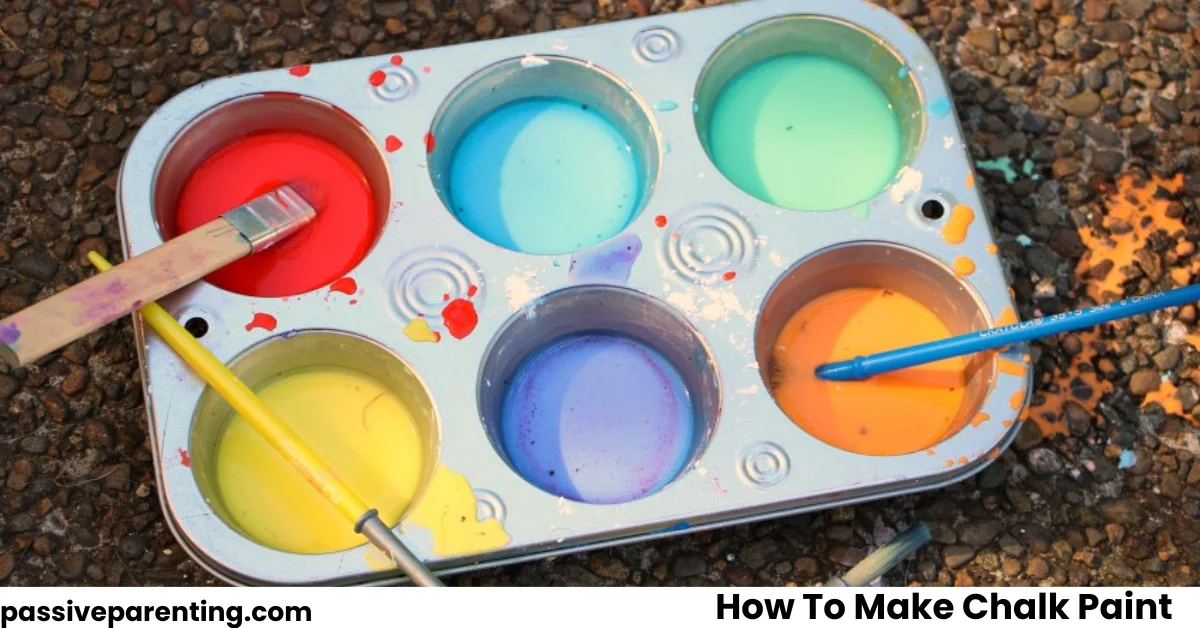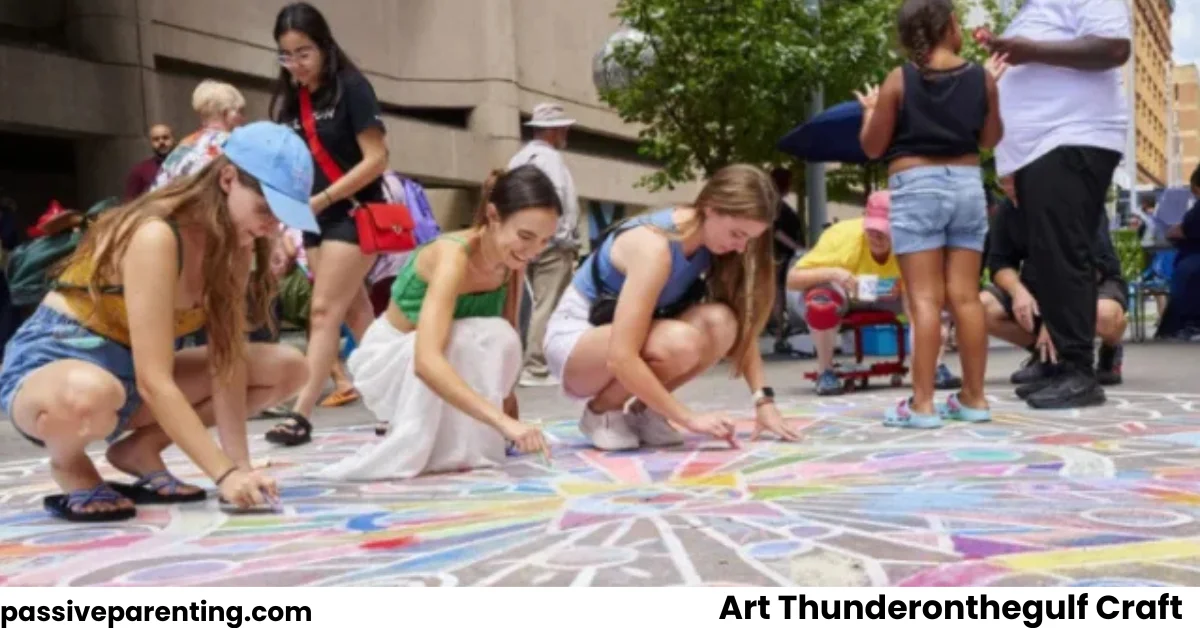Chalk paint has become one of the most popular choices for DIY furniture makeovers and craft projects. Known for its matte finish, smooth texture, and vintage charm, it allows even beginners to give old pieces a brand-new look. But while commercial chalk paints are effective, they often come with a hefty price tag. That’s why so many DIY lovers search for how to make chalk paint at home.
Homemade chalk paint not only saves money but also lets you experiment with different textures and finishes. Whether you want to revive an old dresser, paint a table, or add character to jars and décor, learning to make your own chalk paint is a practical skill that blends creativity with affordability.
In this article, we’ll break down everything you need to know from recipes and step-by-step instructions to usage tips and common mistakes to avoid.
What Is Chalk Paint?
Chalk paint is a decorative paint known for its soft, matte appearance and its ability to adhere to surfaces without heavy sanding or priming. Unlike regular latex or acrylic paints, chalk paint has a chalky, velvety finish that gives furniture a rustic, shabby-chic look.
The term was popularized by Annie Sloan, who launched her line of Chalk Paint™ in the 1990s. However, the homemade versions have become widely used due to their affordability and customization.
Benefits of Homemade Chalk Paint
Why make chalk paint yourself instead of buying it? The answer lies in cost, creativity, and flexibility.
- Affordable Alternative: Store-bought chalk paint can cost significantly more than regular latex paint. Homemade recipes reduce costs drastically.
- Custom Colors: You can mix any shade you want using leftover wall paint or sample cans.
- Eco-Friendly: Repurposing old paints keeps waste out of landfills.
- Fast Application: Homemade chalk paint adheres well to wood, laminate, and even metal, cutting down on prep work.
As noted by HGTV, one of the key attractions of chalk paint is that it doesn’t require stripping old finishes, making projects easier and faster.
How to Make Chalk Paint: Step-by-Step
Now let’s dive into the core question: how to make chalk paint at home. There are three popular recipes using plaster of Paris, baking soda, or calcium carbonate. Each has its pros and cons, but all deliver that signature chalky finish.
Recipe 1: Plaster of Paris Chalk Paint
Ingredients:
- 1 cup latex paint (any color, flat or satin works best)
- 2 ½ tablespoons plaster of Paris
- 1 ½ tablespoons water
Instructions:
- Mix plaster of Paris with water in a small container until smooth.
- Add the mixture to your latex paint and stir well.
- Apply to furniture or crafts using a brush or roller.
Pros: Smooth finish, dries quickly.
Cons: Paint may thicken fast, so use in small batches.
Recipe 2: Baking Soda Chalk Paint
Ingredients:
- 1 cup latex paint
- 2–3 tablespoons baking soda
- A few drops of water (if needed)
Instructions:
- Stir baking soda into paint until fully dissolved.
- Add a few drops of water if the texture feels gritty.
- Apply directly to your surface.
Pros: Easy to find ingredients, quick mix.
Cons: Slightly grainier finish compared to plaster.
Recipe 3: Calcium Carbonate Chalk Paint
Ingredients:
- 1 cup latex paint
- 4 tablespoons calcium carbonate powder
- 2 tablespoons water
Instructions:
- Mix calcium carbonate powder with water until smooth.
- Stir mixture into latex paint thoroughly.
- Apply evenly with a brush.
Pros: Long shelf life, smooth consistency.
Cons: Harder to find than baking soda.
Best Uses for Chalk Paint
Once you know how to make chalk paint, the fun begins with applying it to projects. Here are some of the most popular uses:
Furniture Makeovers
Transform old dressers, tables, or chairs with a quick coat. Chalk paint adheres well to most surfaces without sanding.
DIY Home Décor
Picture frames, mason jars, or wall signs can all get a rustic, chalky look.
Accent Walls
Although less common, chalk paint can add a unique matte finish to feature walls.
Outdoor Projects
With proper sealing, chalk paint can be used on outdoor décor like plant pots and benches.
Tips for Using Homemade Chalk Paint
- Prep Lightly: While chalk paint requires less sanding, wiping surfaces clean improves adhesion.
- Apply Thin Coats: Two thin coats are better than one thick coat.
- Distress Strategically: Light sanding on corners or edges creates a vintage effect.
- Seal the Finish: Use wax or a clear polycrylic for durability.
Common Mistakes to Avoid
Even with the best recipes, mistakes can happen. Here are some pitfalls to watch for:
- Mixing Too Much at Once: Homemade chalk paint can dry or thicken quickly. Mix only what you need.
- Skipping the Sealant: Without sealing, chalk paint can chip more easily.
- Improper Mixing: Lumps can form if powders aren’t dissolved thoroughly.
Chalk Paint Ideas for Beginners
If you’re just starting out, here are simple projects to try first:
- Paint a mason jar and use it as a vase.
- Revamp an old wooden tray with a pastel chalk paint finish.
- Give a thrifted chair a distressed farmhouse makeover.
- Create chalkboard-style wall art.
These projects require little paint and allow you to test different recipes before committing to larger furniture.
Safety Considerations
When making chalk paint, always keep safety in mind:
- Work in a well-ventilated area.
- Wear gloves when handling plaster of Paris or calcium carbonate.
- Store leftover paint in airtight containers.
According to OSHA guidelines, plaster of Paris dust can irritate lungs, so avoid breathing it in during mixing.
Final Thoughts
Learning how to make chalk paint is a game-changer for DIY enthusiasts. With simple ingredients like baking soda, plaster of Paris, or calcium carbonate, you can create affordable, customizable paint that works beautifully on furniture and crafts.
Homemade chalk paint not only saves money but also offers flexibility and creativity that store-bought options can’t always provide. By following the recipes and tips above, you’ll be ready to transform old furniture into stylish, matte-finished treasures.
So grab your paintbrush, mix up your favorite recipe, and start creating!



